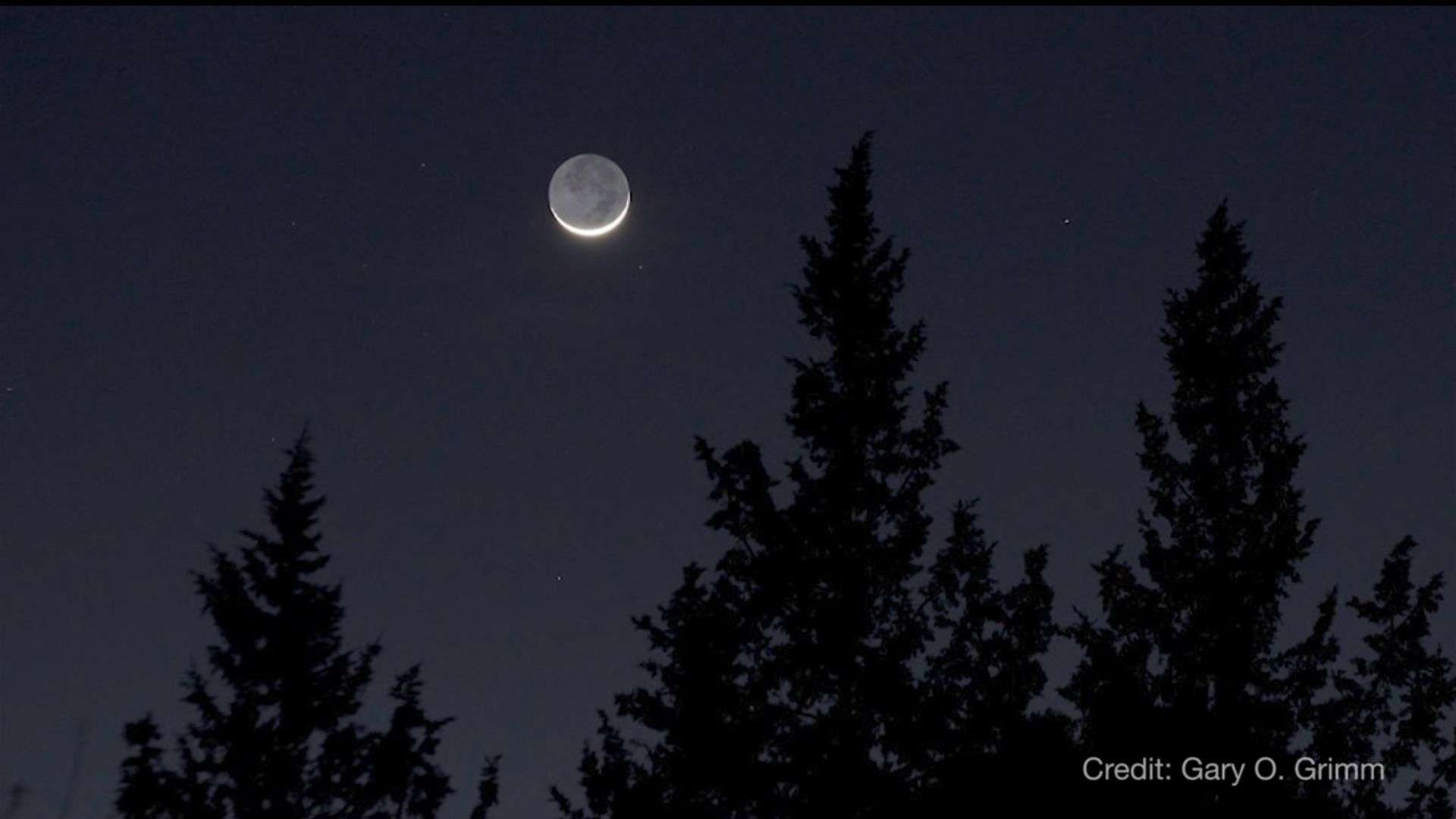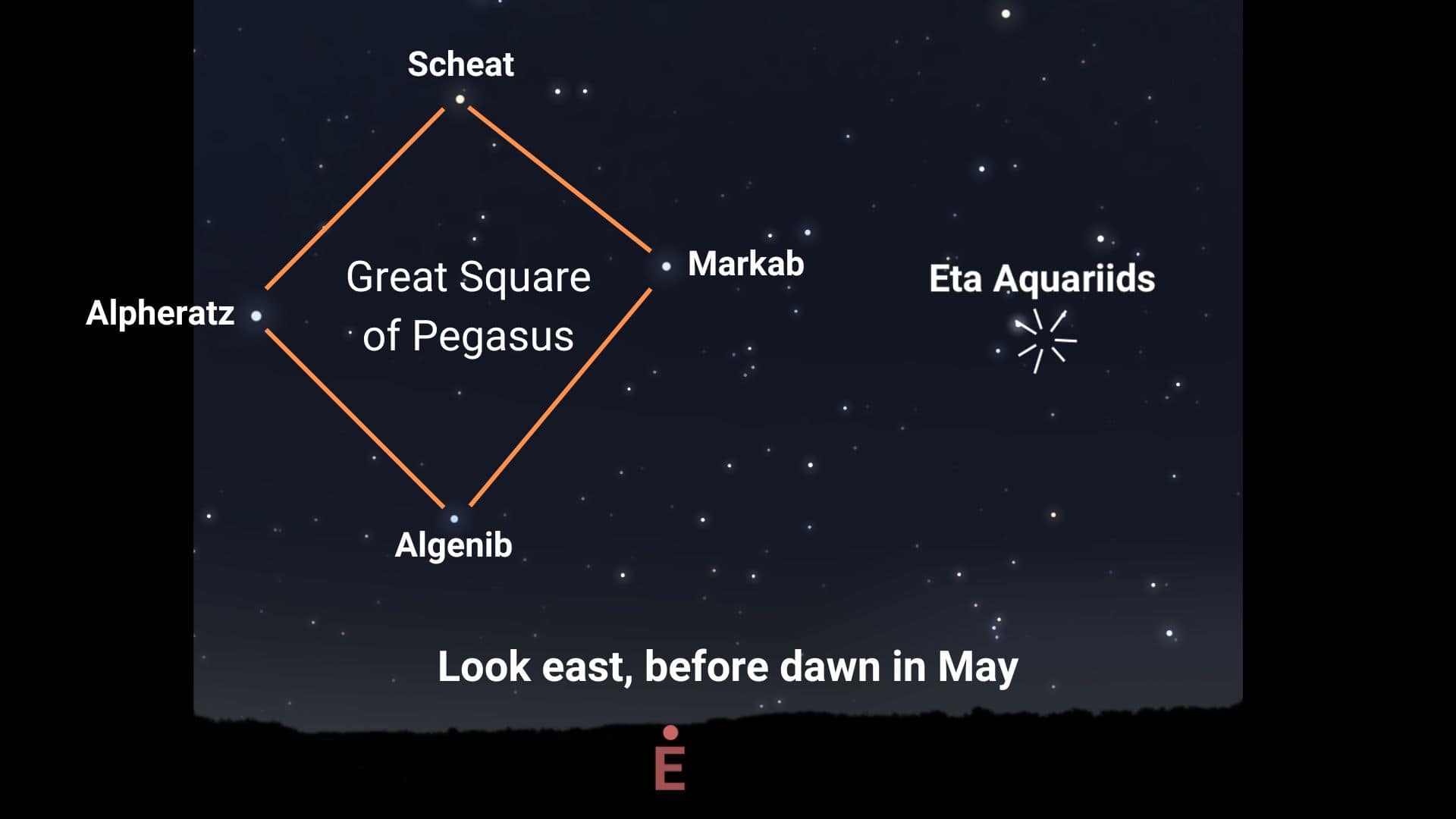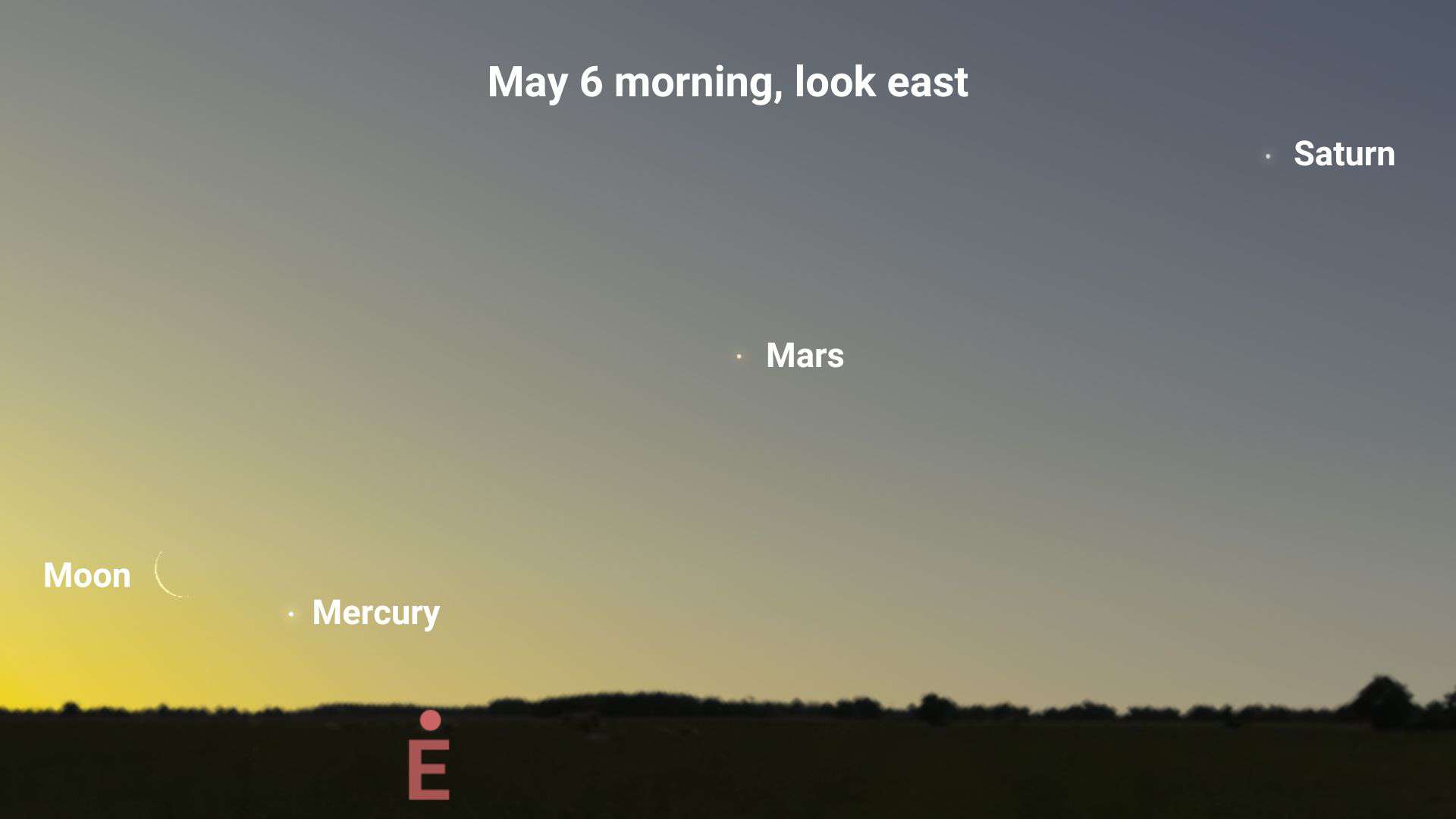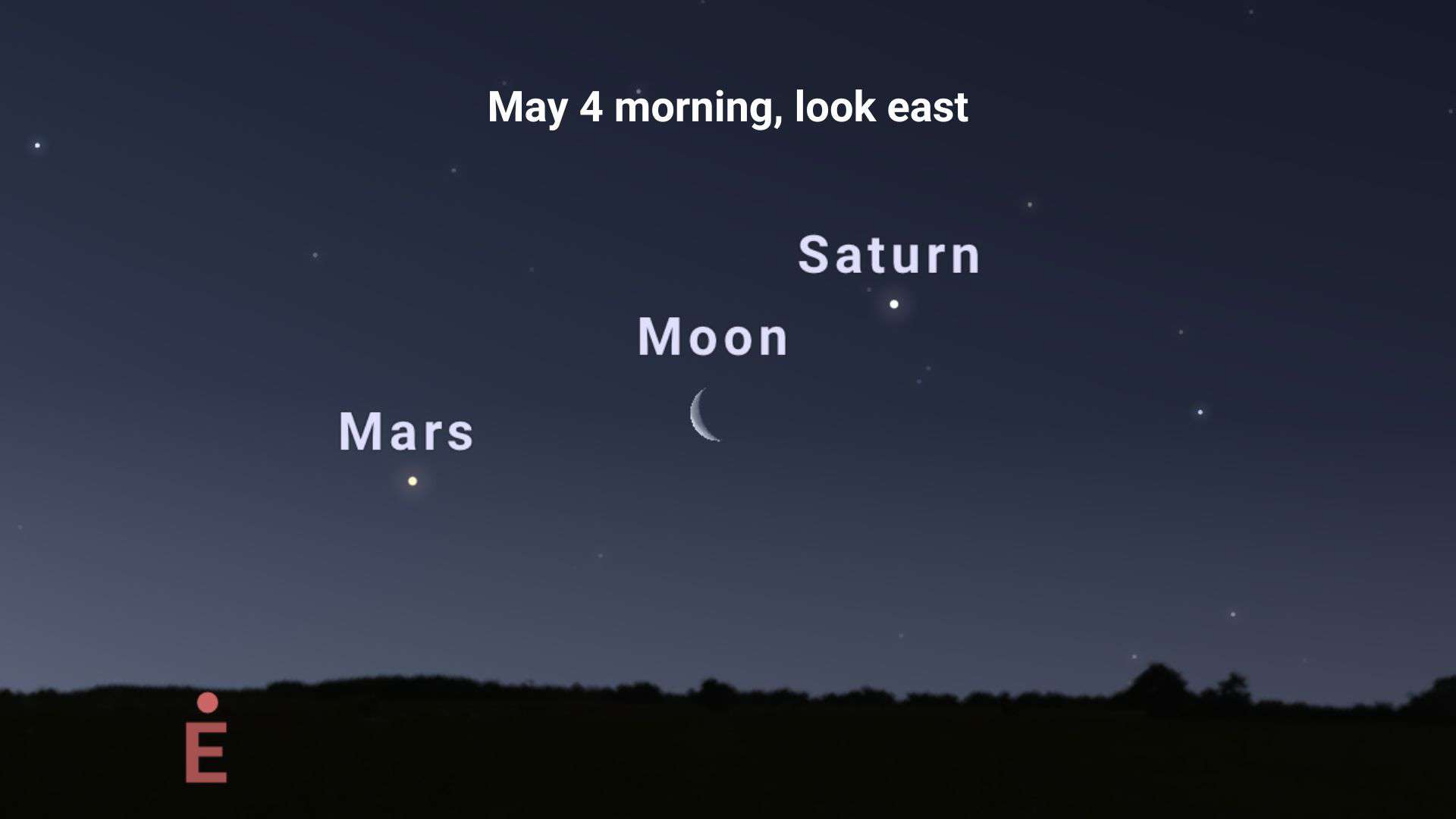A new asteroid 2024 BX1 (temporary designation Sar2736) impacted into the Earth’s atmosphere above Germany on Sunday, January 21, 2024, at 00:32 UTC, shortly after its discovery on January 20, 2024.
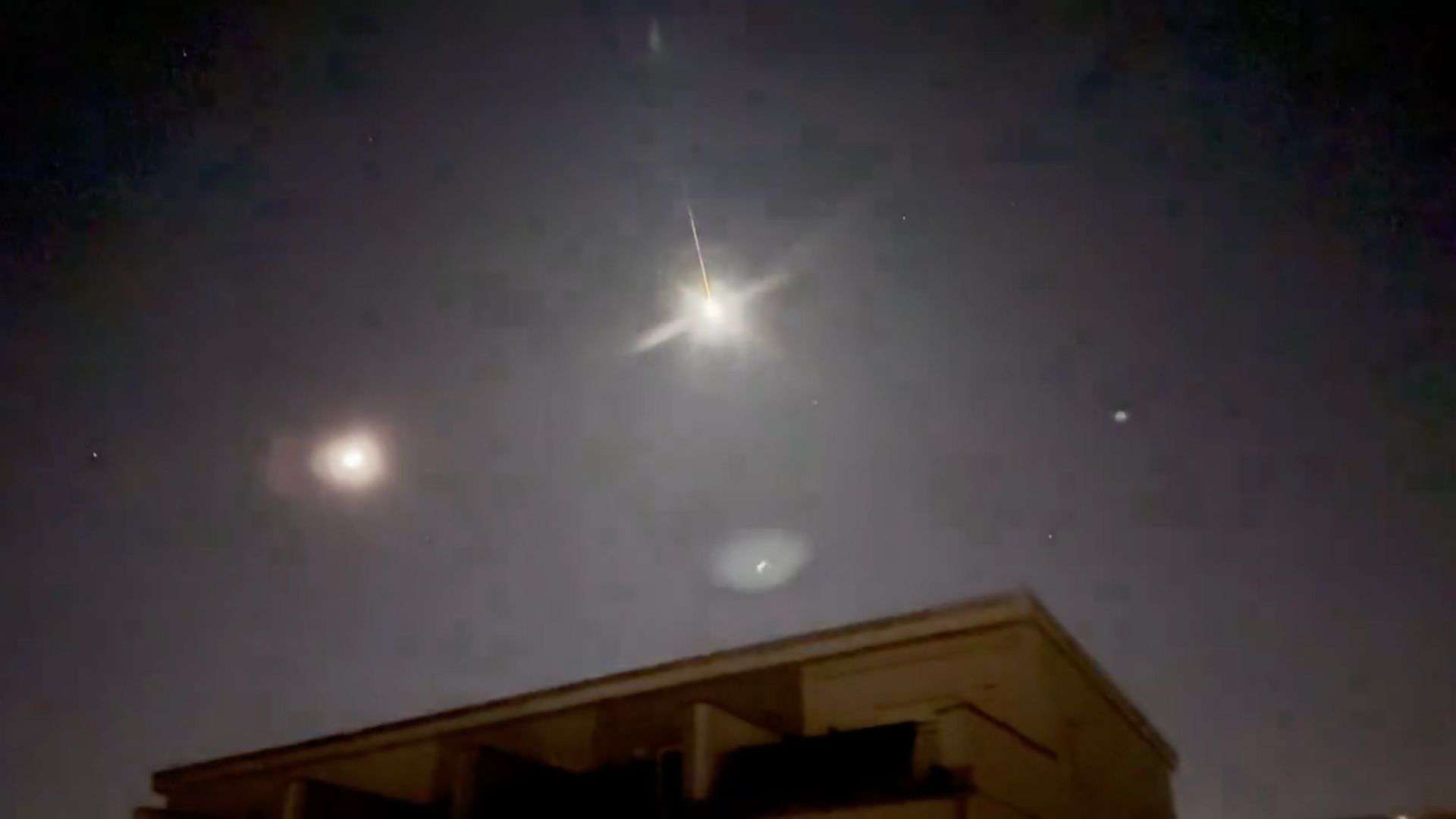
The asteroid disintegrated as a harmless fireball (an exceedingly bright meteor) above the west of Berlin, near Nennhausen, according to NASA. This celestial firework has been seen across Europe.
Hungarian asteroid hunter Krisztián Sárneczky discovered the asteroid 2024 BX1 through a 60-cm Schmidt Telescope from the Piszkéstető Mountain Station, a part of Konkoly Observatory in Hungary. The discovery image of the asteroid 2024 BX1 is given below.
It is the third asteroid discovered by Hungarian astronomer Krisztián Sárneczky and the overall eighth asteroid that was discovered before impacting into the Earth’s atmosphere.
The tiny, around 1 meter (3 feet) diameter asteroid 2024 BX1 was discovered a few hours before its impact into the Earth’s atmosphere.
NASA predicted the tiny asteroid’s entry into the Earth’s atmosphere correctly about 90 minutes before its impact.
Asteroid 2024 BX1 is a type of Apollo asteroid, meaning it is a near-Earth asteroid whose orbit crosses Earth’s orbit. However, this asteroid (2024 BX1) crossed Earth’s orbit and accidentally entered Earth’s atmosphere.
NASA is continuously monitoring these near-Earth asteroids, as they are dangerous for the human race. However, the asteroid 2024 BX1 was too small to pose any threat.
Footage of the asteroid’s burning into the Earth’s atmosphere
Please follow us on Facebook and Twitter to get latest space news, upcoming skywatching events and astronomy-related content.
